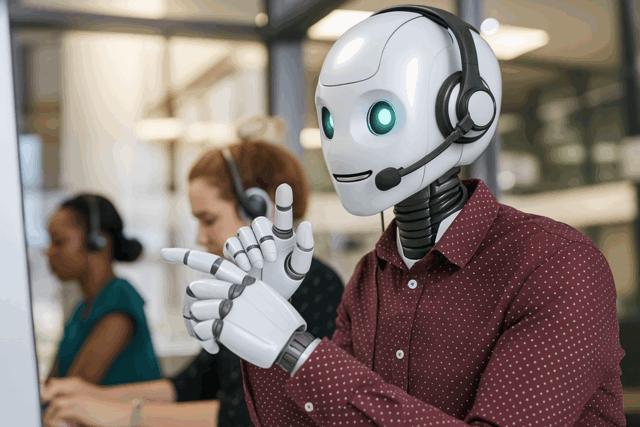One major shift is that AI no longer lives only within innovation teams — it has made its way into day-to-day operations. While many organizations were still running pilots and proof-of-concepts last year, we now increasingly see AI being used structurally. Chatbots are the first point of contact on websites and in apps. Voicebots are handling full conversations without human intervention. Agent-assist tools are helping service reps in real time by sorting information, suggesting answers, or summarizing calls.
AI is no longer a standalone project or a hype. More and more, it’s seen as an extension of the customer service team — a tool that supports, streamlines and accelerates, when implemented properly.

